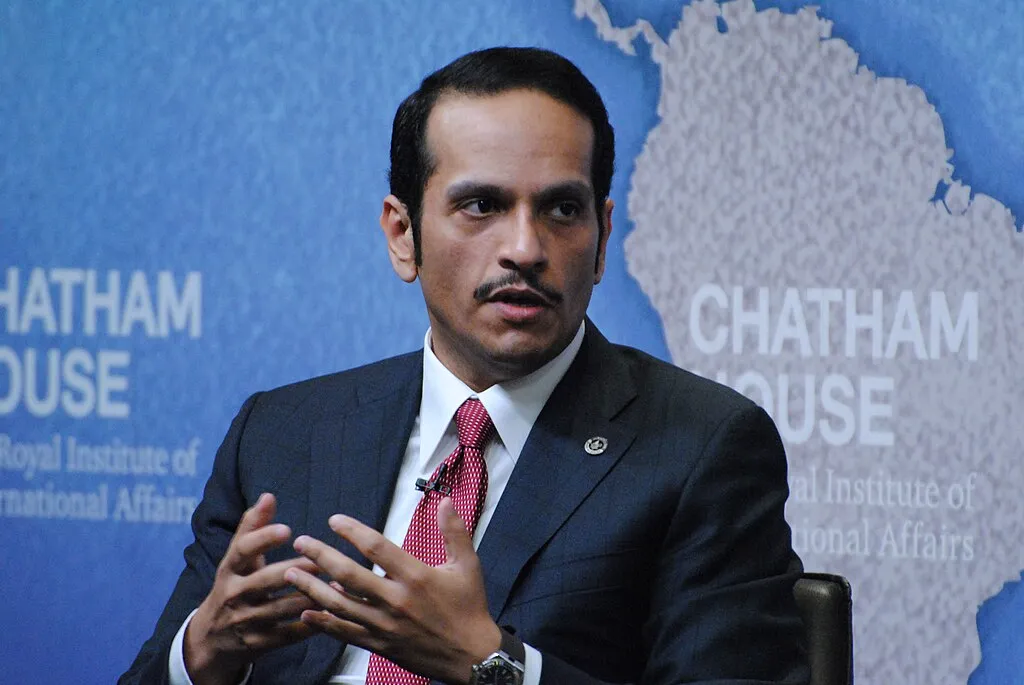This week the United States is on track for the lowest number of new cases since June, when matters got out of hand. The first four days of the week have averaged 29,000 new cases per day. With the caveat that the Labor Day weekend might yet skew the numbers upward, we’re on track for an average of 30-35,000. Further, the U.S. testing positivity rate has dropped to 5.2% (a running seven-day average), its lowest level since late June. (It had been stuck at between 8-9% beginning mid-July.) Twelve states plus the District of Columbia now meet the 3% positivity or less level where, according to CDC director Dr. Robert Redfield and others, testing and tracking won’t be overwhelmed and, so, can be successful. Seven more states are below the WHO 5% level. The country as a whole is very close to that goal, except for three outlier cases — North Dakota, Alabama and South Dakota — which recently exploded up to levels of 17.5-20.8% positivity.
Having finally gotten back to the June levels, we’re in position to drive for the level of 10,000 new cases per day, and 3.0% positivity, where testing, tracking, isolating can work — especially if supplemented with vaccines to come online. This week, a new report, “A National Decision Point: Effective Testing and Screening for Covid-19,” came out, produced by the Margolis Center for Health Policy at Duke University. It’s part of the Rockefeller Foundation efforts on massive gearing up of testing. Their president, Dr. Rajiv J. Shah, usefully stressed: “Six months into this pandemic, the United States is at a crucial moment. Despite months of planning, many schools and universities were unable to open this fall for in-person learning. Many families and businesses that muddled through the first six months of the pandemic are nearing breaking points. Closing the gap between the testing that’s available and what’s needed is a critical next step.”
The study addresses screening test strategies to roll back the virus. The founding Director of the Margolis Center Dr. Mark McClellan explained: “There has been a lot of confusion about whether and how to test people without symptoms to contain outbreaks. As Covid tests become more widely available, it’s time to resolve some of the uncertainty, to help public health decision-makers understand how many tests will be needed and how to use them. Knowing how best to deploy Covid tests will help students return to school safely and protect people at high risk, such as nursing home residents and many essential workers.”
The report calls for a testing capability of 200 million per month. Presently, the U.S. crash program Rapid Acceleration of Diagnostics (RADx), means to have 70-90 million capacity by the end of September and 180 million by the end of the year. We’ve been functioning through the summer with about a 25 million capacity, so this an excellent start for a transformed October-December. RAD, plus Operation Warp Speed, the crash program for vaccines, is at lift-off — providing Americans a rational basis for optimism — infectious optimism.




